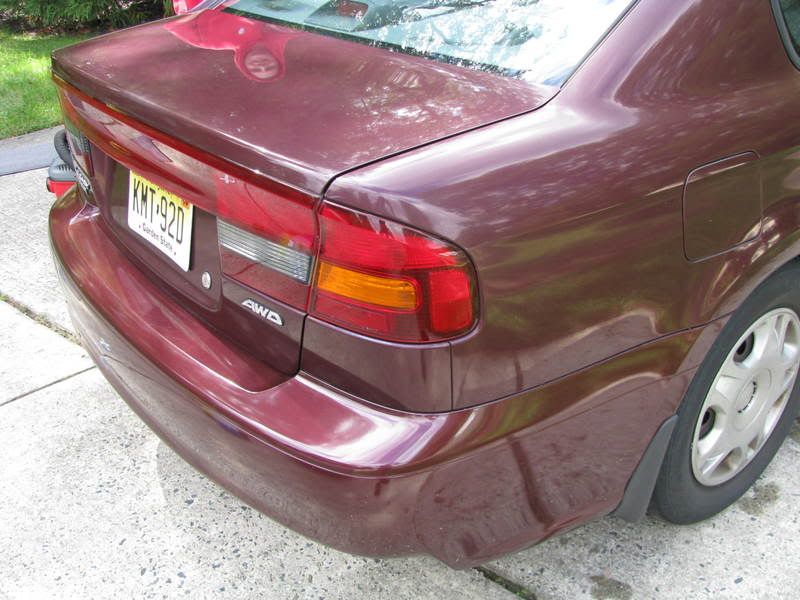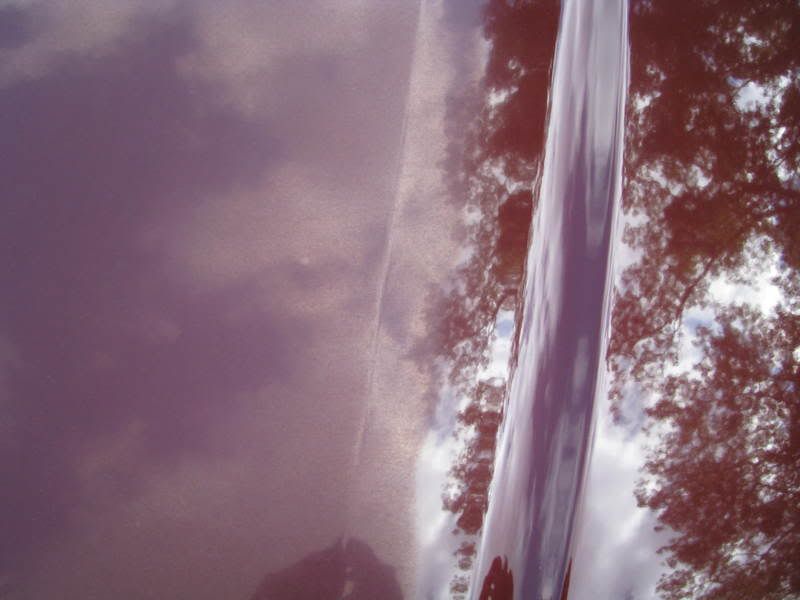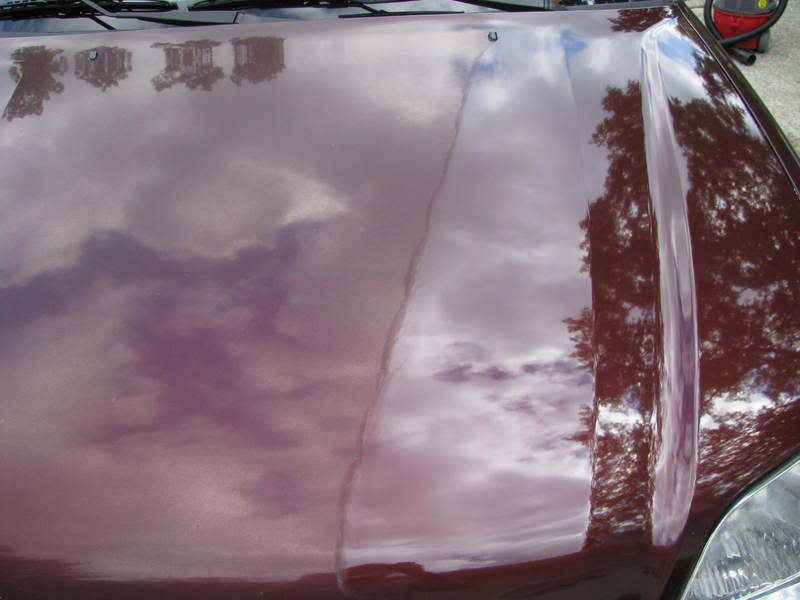Glad to give an opinion... thanks for contacting me weekendwarrior.
A quick call to Jason Rose of Meguiar's verified some thoughts I had about PRC. It was primarily designed to remove light to moderate defects with a
rotary polisher. It had to leave the surface in very good condition while providing protection. It had to have a long application cycle but not sling, stick to the surface, or create lots of dust. It had to be easy to wipe away and not leave a white haze on textured plastics. If the shop using the product wanted to do a one-step application, it had to leave the paint looking pretty good once the protection went away. Finally, if a shop wanted to do a follow-up application with PRC, it had to further polish the surface, leaving no micro marring. A lot to consider, but overall, it seems that D151 comes pretty close to hitting the mark.
Now, just because Jason and the R&D team tailored this product for a specific type of detailing doesn't mean we shouldn't expect even
more out of PRC, right?
I have some experience using D151 Paint Reconditioning Cream (PRC) but it's not my 'go-to' liquid. Therefore, I don't have the depth of knowledge that comes from using a product on a regular basis. However- I've used it a few times and I did test PRC prior to its release. I've found that increased downforce delivers impressive results. For defect removal I tend to use lower rpm and increased downforce when polishing with a rotary. The exception to this rule is when I'm using a compound to cut paint immediately after wet-sanding. To aid in leveling the paint, I run the rotary at around 1,800 prm and then back it down to 1,000-1,200 rpm to finish. Of course settings vary from car to car, but this is the norm for me.
When removing defects with the random-orbital, I use high OPM and a LOT of downforce. For final polishing, I drop the speed and continue to use a LOT of downforce (not as much as the defect-removal step, but quite a bit). I know that this is not the way things are normally done, but the most recent Meguiar's products to hit the market are using very different technologies (as compared to the older traditional style compounds and polishes). In the case of Meguiar's products, this technique has worked well for me with M86, M105, and D151.
I specifically asked about use of this product with Lake Country's Foamed Wool Pad (FWP). As I've only used the FWP a very limited amount, I cannot claim to know all of its idiosyncrasies. So- I just used it, and it seems to be a very capable pad.
I did a quick but thorough test on the fender of my 1994 Mazda pickup (original paint). I hardly ever polish or wax the thing- I just drive the wheels off it and wash it every couple weeks. Many times, I just hit it with de-ionized water and wipe it with a cotton towel (if there's time).
I took some pics- I know they're not the best, and the lighting is not ideal. The main thing is- I was able to easily remove moderate defects and leave the paint looking pretty good. Here we go:
Not great shots, but the fender is covered with light defects, and a few moderate scratches. I scuffed each side with Abralon 2000 and water.
Left side, shows paint as-is and the Abralon scuffing.
Right side, shows paint as-is and the Abralon scuffing.
Rotary, foamed wool, D151 PRC.
Prime the pad. Rub the PRC in by hand.
Have to add more... still some dry areas.
I think I use a bit more product to prime the pad than most guys. It's like priming a lawnmower that's run out of gas- pour some gas in the throat of the carb, pull the string until it starts. Whatever gas it doesn't use, it spits out the exhaust! Same thing with a pad prime- what the pad doesn't use for priming will sling off the pad... I'm just kidding a bit here, but there was actually very little sling (if any).
I think this is one area that is overlooked as not so important. Well, it is very important, and really makes a difference to overall performance.
Apply a bead and buff. Left side: Lake Country Purple Foamed Wool Pad / 1,800 rpm / application time- 62 seconds.
Wipe clean, stripped 3x with Meguiar's Detailer Glass Cleaner (5:1 dilution)
Close-up shots.
Meguiar's W5000 Double-Sided Wool Cutting Pad. It's listed as an 8-inch pad, but edge-to-edge it's more like 10 inches. I guessed that I'd be using the pad effectively to the 8-inch diameter point.
Lake Country Purple Foamed Wool Pad. Looks like it's almost 8 inches (Lake Country's site shows a 7 or 7-1/2 inch pad. I guessed that I'd be using the pad effectively to the 6-inch diameter point.
Prime the pad. Rub the PRC in by hand.
Have to add more... still some dry areas.
A proper prime-job. This is a much bigger pad than the PFW pad.












































